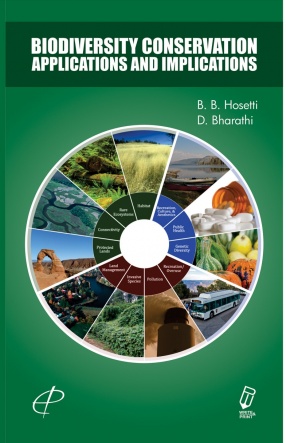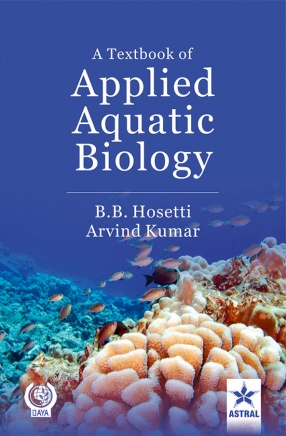Biodiversity Conservation: Applications and Implications
The title Implications and Applications of Biodiversity Conservation includes chapters on various aspects of implications of biodiversity and on their environmental quality and their survival in the nature. The Chapter one includes the importance of wetlands for the conservation aquatic birds which was discussed in the Ramsar convention 1971 in Ramsar, Iran. This information is provided by Prof. Bharathi D. , from Mahila University, Tirupathi and Prof. B. B. Hosetti in Chapter 1. The diverse plant species growing in scrub jungles of Hamp-Hospet area is serving as food sources to the sloth bears at Daroji wildlife sanctuary and this information provided in chapter 3 by Dr. Harisha. The human body is a sweet home for the variety of microbial flora and the information is given by Dr. Gayathri from Davanagere University, Davanagere and Chapter 4 include the Fish diversity along Aghanasini and Sharavathi estuaries along Karwar, Karnataka by Dr. Mahima Bhatt and his team. Hubli-Dharwad is the second largest city in Karnataka state. The city is sufferening from water sanitation and mosquito infestation. The etiology of mosquites in the twin cities is explained by Prof. Lakshmi Inadmar and her student from Karnataka University Dahawad. Malaria is one among the epidemic diseases of the globe which is still prevalent in India. Its vector diversity in Hubli-Dharwad area given chapter 5.
Get it now and save 10%
BECOME A MEMBER








Bibliographic information
D. Bharathi